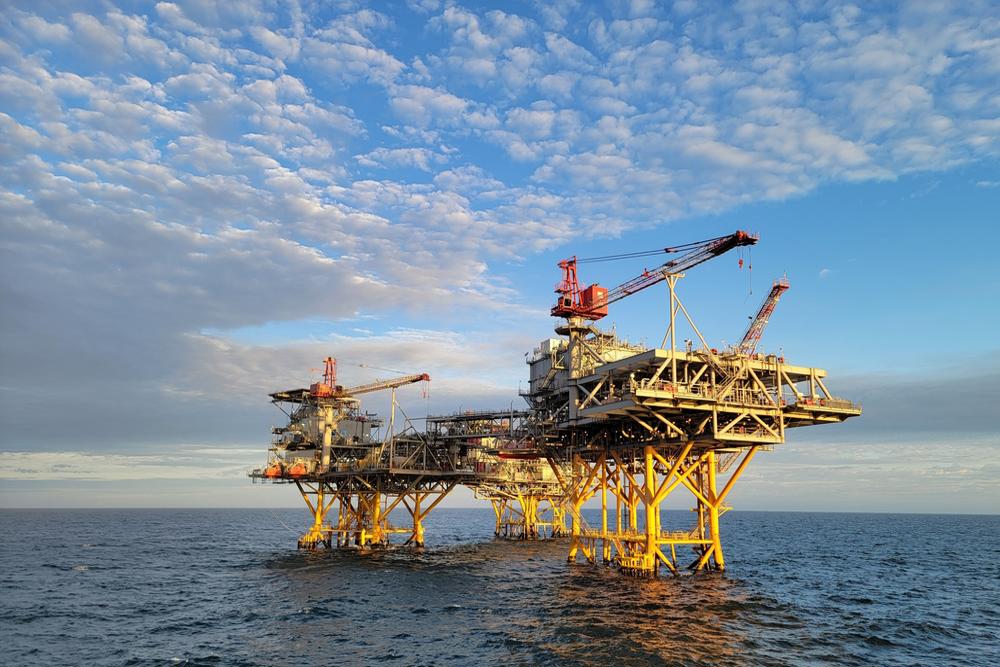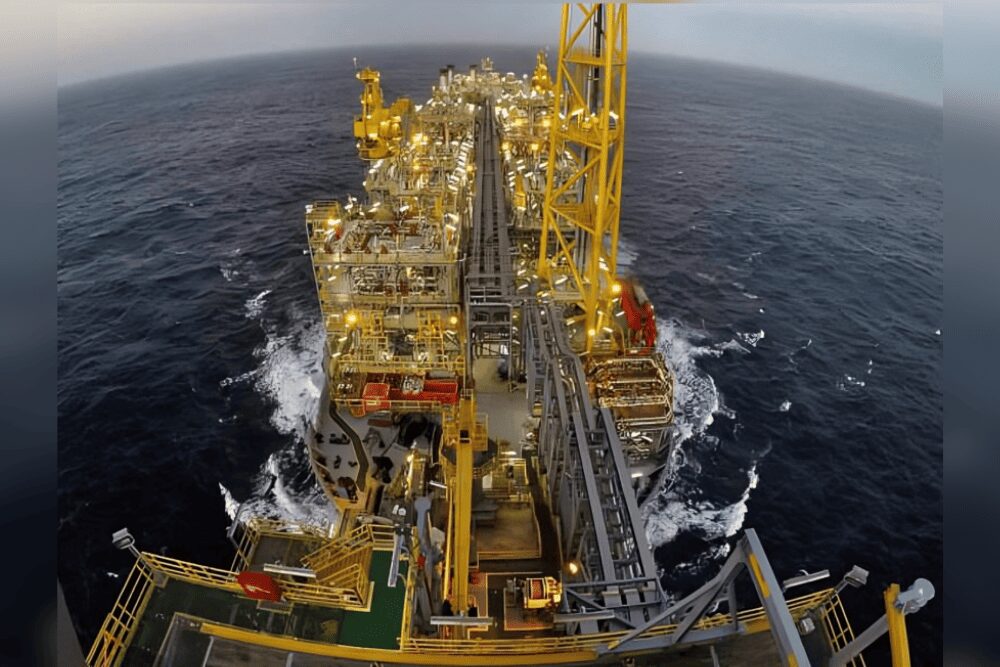
USA — Shell Offshore Inc., a subsidiary of Shell plc, has announced a significant investment in its Vito asset in the US Gulf of Mexico.
The company has taken a final investment decision (FID) on a ‘waterflood’ project aimed at enhancing oil recovery from the deep-water field.
The waterflood technique, set to commence in 2027, involves injecting water into the reservoir formation to displace additional oil.
This method is expected to substantially increase the volume capacity at the Vito field.
Zoë Yujnovich, Shell Integrated Gas and Upstream Director, highlighted the strategic importance of this investment, stating, “This investment will deliver additional high-margin, lower-carbon barrels from our advantaged Upstream business while maximising our potential from Vito”.
The ‘waterflood’ project utilises three pre-drilled water injection wells.
This secondary recovery method works by physically sweeping displaced oil to adjacent production wells while simultaneously re-pressurising the reservoir.
Shell, which operates the Vito field with a 63.11 per cent stake alongside partner Equinor (36.89 per cent), anticipates that this project will increase recoverable resource volume by 60 million barrels of oil equivalent (boe).
Shell emphasises its commitment to lower-carbon production in the Gulf of Mexico.
The company claims that its production in this region has among the lowest greenhouse gas (GHG) intensity globally for oil production.
The Vito field, discovered in July 2009, is located in over 1,219.2 metres of water, approximately 241.4 kilometres southeast of New Orleans.
In 2015, Shell implemented design modifications that resulted in an 80 per cent reduction in CO2 emissions over the facility’s lifetime and a 70 per cent cost reduction from the original concept.
First oil from the Vito development was achieved in February 2023, following the FID announcement in April 2018.
This latest investment in waterflood technology demonstrates Shell’s ongoing commitment to maximising production from its Gulf of Mexico assets while striving for lower-carbon operations in deep-water environments.






